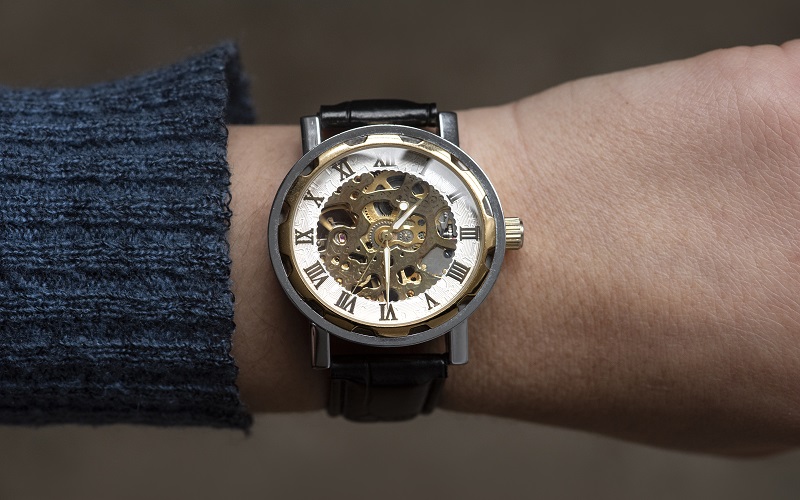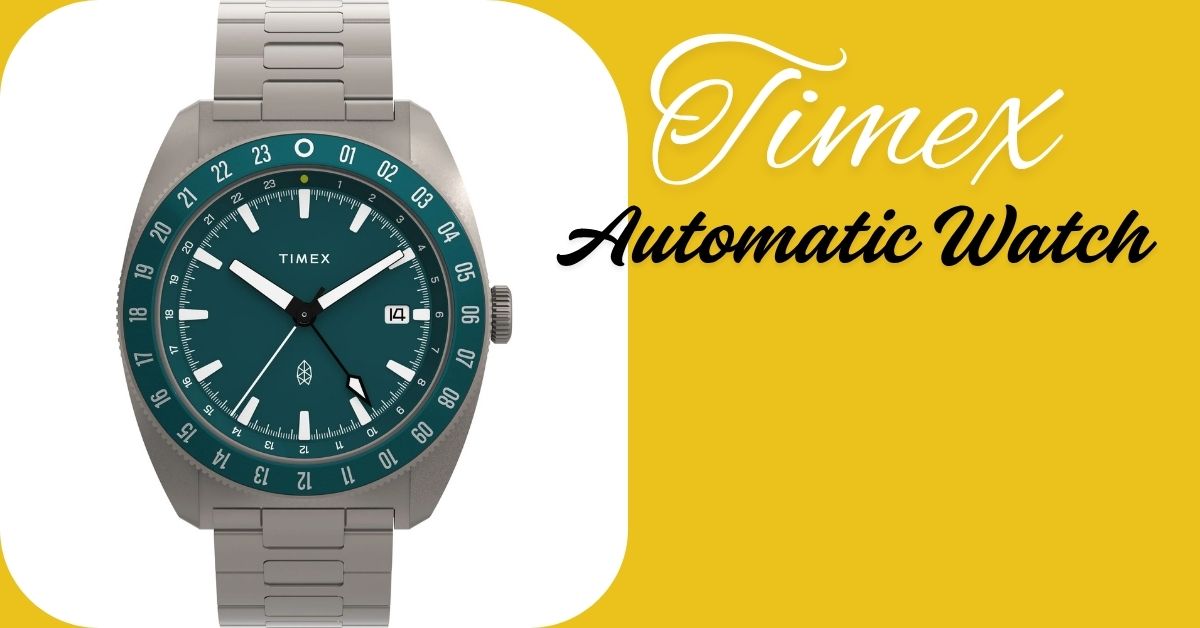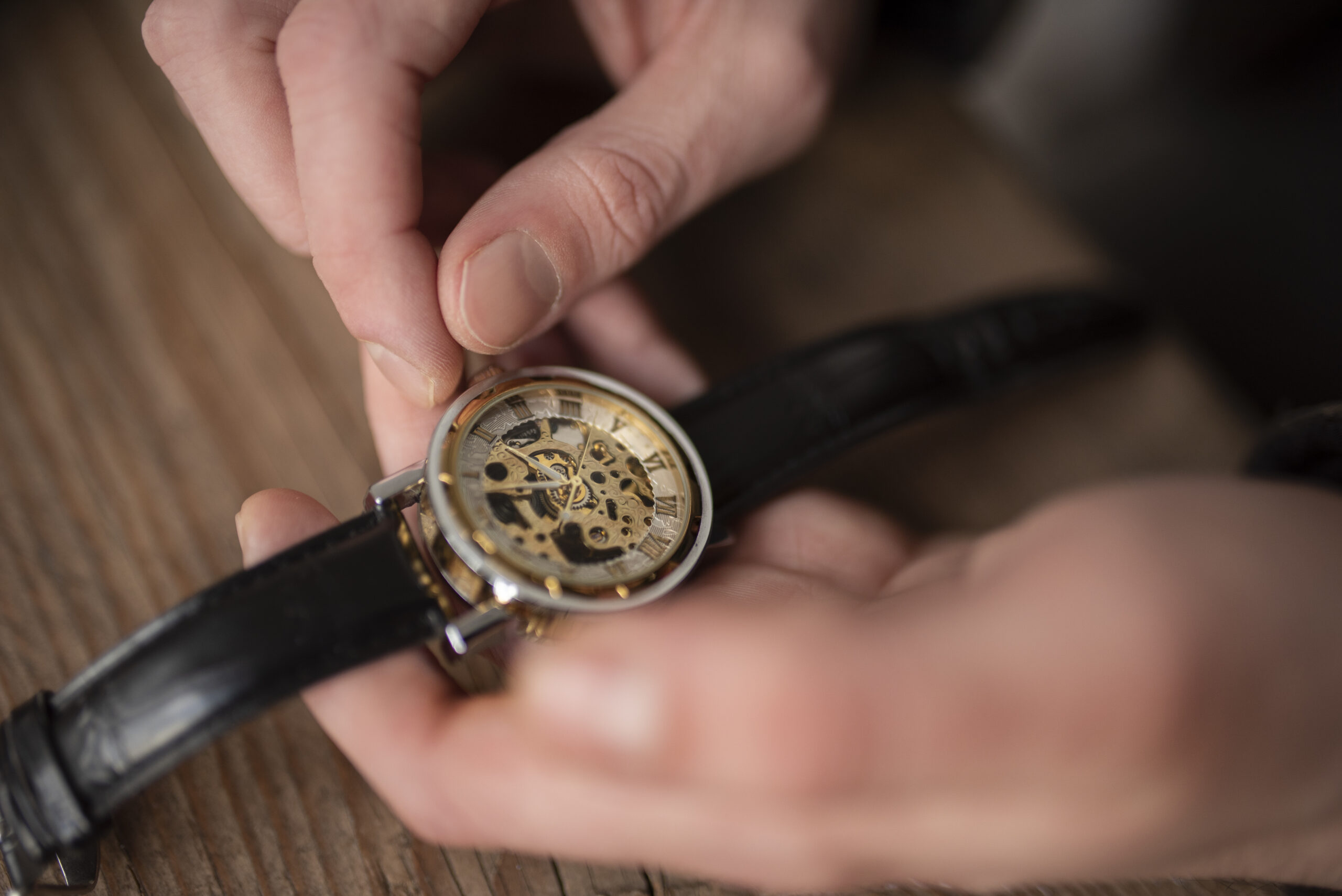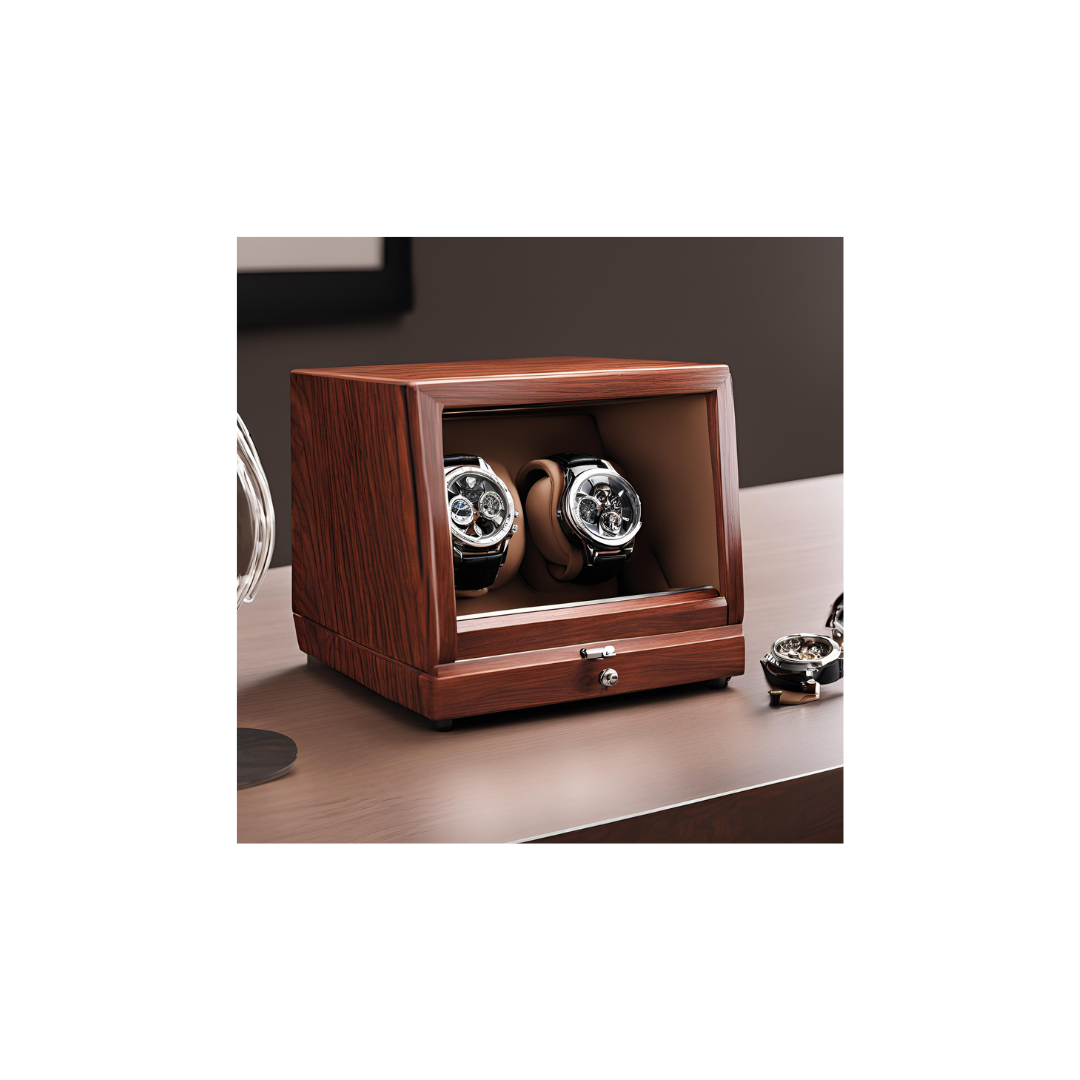Automatic watches blend smart engineering with timeless style. Unlike quartz watches powered by batteries, automatic watches rely on the motion of your wrist and a spring-driven mechanism to keep time ticking.
If you’re new to mechanical watches, you might wonder:
“Do I need to wind an automatic watch?”
“What’s the correct way to wind it?”
In this detailed guide, we’ll walk you through everything you need to know about how to wind an automatic watch, why it’s important, and how to avoid damaging your timepiece.
Let’s get started.
What Is an Automatic Watch?
An automatic watch, also known as a self-winding watch, is powered by a mechanical movement. Inside the case is a rotor that spins as your wrist moves, winding the mainspring and storing energy.
However, if you don’t wear your automatic watch for a day or two, it may stop running. That’s when manual winding comes into play.
Why You May Need to Wind an Automatic Watch
Although automatic watches are designed to wind themselves, there are several situations where manual winding is necessary:
- It’s been a day or two since you last wore the watch
- You want to ensure it’s fully powered for accurate timekeeping
- You’re adjusting the time after a full stop
The rotor doesn’t generate enough movement from your wrist (e.g., if you’re inactive)
Manually winding your automatic watch ensures it stays powered and keeps accurate time especially if you rotate watches from a collection.
How to Wind an Automatic Watch: Step-by-Step
✅ Step 1: Take Off the Watch
Remove the watch from your wrist before winding. This helps you control the watch more easily and avoids putting extra stress on the crown (the small knob on the side). Winding it while wearing it may cause uneven pressure, potentially damaging the crown stem.
✅ Step 2: Locate and Unscrew the Crown (If Needed)
Some watches come with a screw-down crown for water resistance. If your watch has this feature, gently turn the crown counter clockwise until it pops out to the starting position (position 0).
If it’s a standard crown, you don’t need to unscrew it just make sure it’s in its pushed-in position.
✅ Step 3: Turn the Crown Clockwise
In its neutral (pushed-in) position, gently turn the crown clockwise (away from you) to wind the mainspring.
Most automatic watches require 20 to 40 full turns to be fully wound.
You’ll begin to feel resistance as the mainspring tightens. Once you feel moderate resistance, stop winding.
⚠️ Don’t overwind. Most modern automatic watches have a mechanism that prevents overwinding, but older or vintage models may not. Stop when you feel tension.
✅ Step 4: Set the Time (If Needed)
If your watch stopped completely, pull the crown to the second position (or third if there’s a date) and set the time and date correctly. Next, push the crown in and screw it down if needed.
✅ Step 5: Wear It Regularly
Once fully wound, the movement of your wrist will keep the watch running. Wearing the watch daily helps maintain power and accuracy.
If you rotate between several watches, consider using a watch winder, a device that mimics wrist motion to keep automatic watches wound when not in use.
Also, read more about the Purpose of An Automatic Watch Winder
Tips for Winding an Automatic Watch Safely
- Wind Slowly and Smoothly: Avoid rapid or jerky motions. Gentle turns protect the movement inside.
- Don’t Wind While on Your Wrist: It may damage the crown stem or misalign internal parts.
- Stop When You Feel Resistance: The mainspring can only hold a certain amount of tension.
- Wind Daily if Not Wearing: One full wind per day keeps the watch accurate if it’s not on your wrist.
- Avoid Overuse of the Crown: Too much pulling and pushing can wear down the crown gasket (especially on waterproof models).
How Often Should You Wind an Automatic Watch?
- If worn daily: No need to manually wind your wrist will do the job.
- If not worn: Wind every 1–2 days or use a watch winder.
- After complete stop: Wind 20–30 turns before wearing.
The power reserve of most automatic watches ranges from 36 to 80 hours, depending on the movement. Some high-end models may go longer.
Common Questions About Winding Automatic Watches
❓ Can You Overwind an Automatic Watch?
Most modern automatics have a slipping clutch to prevent overwinding, but not all. Vintage watches and some budget models may lack this protection. Always wind with care and stop when you feel resistance.
❓ What If the Second Hand Doesn’t Move After Winding?
If the watch still doesn’t tick after winding:
- Check if the crown is fully pushed in
- Gently shake the watch a few times to get the rotor moving
- Set the time again and monitor for movement
- If nothing works, the watch may need servicing
❓ Is Manual Winding Bad for an Automatic Watch?
Not at all! Manual winding is perfectly safe when done correctly. In fact, it’s recommended to wind automatic watches occasionally to maintain consistent performance especially if you don’t wear them daily.
When to Get Your Automatic Watch Serviced
If your automatic watch doesn’t hold a charge or loses time even after winding, it might be time for maintenance. Mechanical watches need a service every 3–5 years to keep running smoothly.
Look for signs like:
- Watch stops prematurely
- Time drifts significantly in a day
- The rotor feels loose or noisy
A professional watchmaker can clean, lubricate, and adjust the internal mechanism for better performance.
Final Thoughts: Mastering the Art of Winding
Winding an automatic watch is more than just maintenance, it’s a ritual that connects you to the craftsmanship of mechanical timekeeping. Whether you’re wearing a classic Rolex, an entry-level Seiko, or a vintage Omega, knowing how to wind your self-winding watch properly keeps it running smoothly for years to come.
So next time your automatic watch stops ticking, you won’t panic. Instead, you’ll wind it with confidence, knowing you’re treating it with the care it deserves.
Reference Website: Watchworksus, Sebastiancharles, Swisswatchexpo



